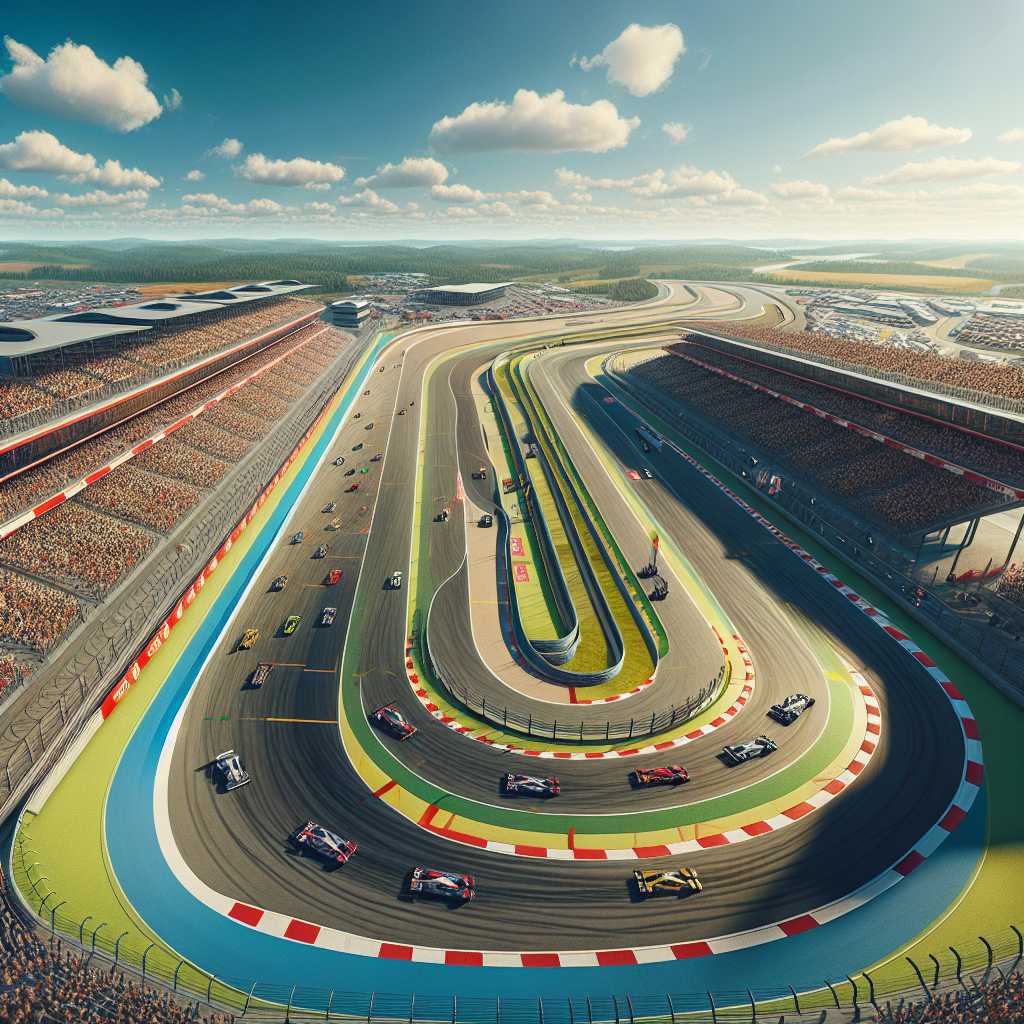Example Article
Origins and Historical Significance
Silverstone Circuit holds a unique place in motorsport history, having transformed from a wartime airfield into one of the most revered race tracks in the world. Originally constructed as RAF Silverstone during World War II, the airfield was decommissioned after the war, leaving behind vast expanses of flat concrete runways. It was this distinctive layout that attracted early motor racing enthusiasts who saw potential for a high-speed circuit. The first race at Silverstone took place in 1948, marking the beginning of its journey as a premier motorsport venue.
The circuit quickly gained prominence when it hosted the inaugural Formula One World Championship Grand Prix in 1950. This event cemented Silverstone’s status as a cornerstone of international racing. Over the decades, it has been a theatre of dramatic victories, technological breakthroughs, and legendary rivalries. Its historical importance is also underscored by its role in shaping British motorsport culture, serving as the home of the British Grand Prix for the majority of its existence.
Silverstone’s transition from military infrastructure to a sporting icon exemplifies how adaptive reuse can create enduring legacies. The circuit not only preserves its rich heritage through museum exhibits and commemorative events but also continues to evolve, maintaining relevance in an ever-changing sporting landscape.
Innovative Circuit Design and Modern Developments
Silverstone’s track design has undergone multiple modifications to enhance safety and competitiveness while respecting its original character. The layout is renowned for its fast, flowing corners such as Copse, Maggotts, and Becketts, which test driver skill and car aerodynamics alike. These sections are famed for their high-speed precision, offering spectators thrilling displays of control and bravery.
In recent years, significant investments have been made to upgrade facilities and improve sustainability. The addition of new grandstands and hospitality suites has elevated the spectator experience while maintaining the intimate atmosphere that fans cherish. Moreover, Silverstone has embraced environmental initiatives including solar power installations and waste reduction programmes to reduce its carbon footprint.
Technological advancements have also influenced the circuit’s operation. State-of-the-art timing systems, enhanced safety barriers, and advanced drainage solutions ensure that both competitors and audiences benefit from cutting-edge infrastructure. These developments reflect Silverstone’s commitment to blending tradition with modernity.
Silverstone’s Role in Motorsport Innovation and Technology
Beyond being a venue for racing, Silverstone plays a pivotal role in motorsport innovation. Its proximity to numerous engineering firms and automotive manufacturers creates a unique ecosystem where technology is continually tested and refined. Teams often use data gathered at Silverstone to develop new materials, aerodynamic concepts, and powertrain improvements.
The circuit’s challenging nature makes it an ideal proving ground for emerging technologies such as hybrid systems and advanced telemetry. For instance, many Formula One teams utilise Silverstone’s varied corners and straights to calibrate energy recovery systems that play crucial roles in modern racing strategy. This symbiotic relationship between track and technology fosters rapid advancements that often trickle down to consumer vehicles.
Furthermore, Silverstone hosts various testing events beyond F1, including endurance races and electric vehicle showcases. This diversity underlines its adaptability and influence across multiple facets of motorsport technology.
Cultural Impact and Community Engagement
Silverstone Circuit is more than just a race track; it is a cultural hub that engages with local communities and motorsport enthusiasts worldwide. The circuit organises numerous events beyond high-profile races, including driving experiences, classic car shows, and educational programmes aimed at inspiring future engineers and drivers.
Local economic benefits are substantial as well. On race weekends, thousands of visitors flood nearby towns boosting hospitality sectors from hotels to restaurants. The circuit also partners with schools and universities to promote STEM education through hands-on activities related to motorsport engineering and event management.
This community focus ensures that Silverstone remains embedded not only in global motorsport culture but also in regional identity. It balances its international prestige with grassroots involvement, making it a truly inclusive institution.
Conclusion: Silverstone’s Enduring Legacy
Silverstone Circuit stands as a testament to innovation, heritage, and community spirit within the world of motorsport. From its origins as an airfield to its current status as a technological hub and cultural landmark, it embodies the dynamic interplay between history and progress.
Its continual evolution—from track design improvements to sustainability initiatives—illustrates a commitment to excellence without sacrificing tradition. By fostering innovation on the track while engaging deeply with local communities off it, Silverstone ensures its relevance for generations to come.
Ultimately, Silverstone is more than just a venue; it is an enduring symbol of British motor racing passion that continues to inspire fans, drivers, engineers, and innovators worldwide.
Notes
- Silverstone hosted the first-ever Formula One World Championship Grand Prix in 1950.
- The circuit features one of the fastest sequences of corners in Formula One: Maggotts-Becketts-Chapel.
- Silverstone has implemented solar power facilities generating a significant portion of its operational energy.
- The British Grand Prix at Silverstone attracts over 140,000 spectators on race day.
- Silverstone supports STEM education through partnerships with local schools and universities.

